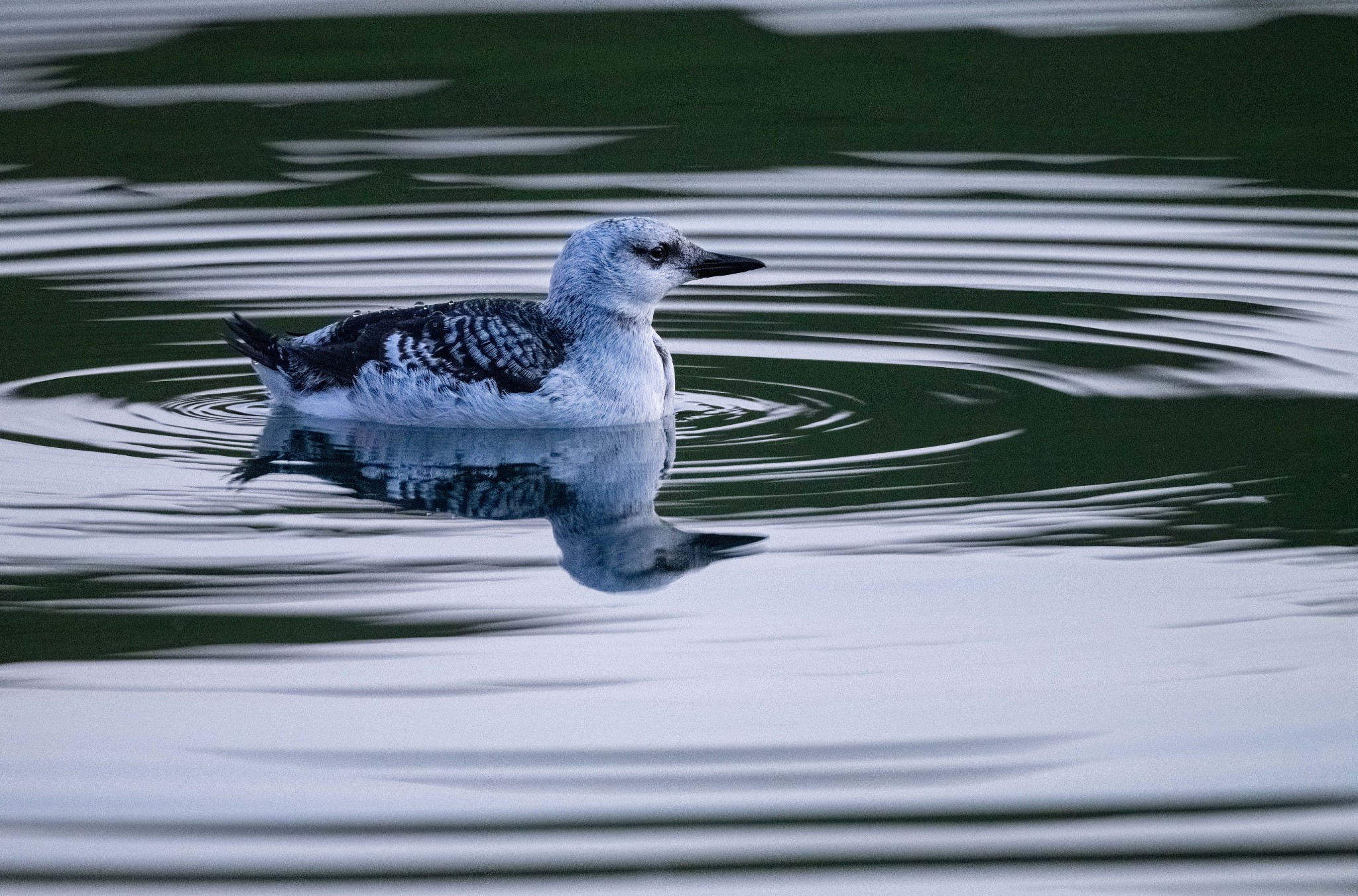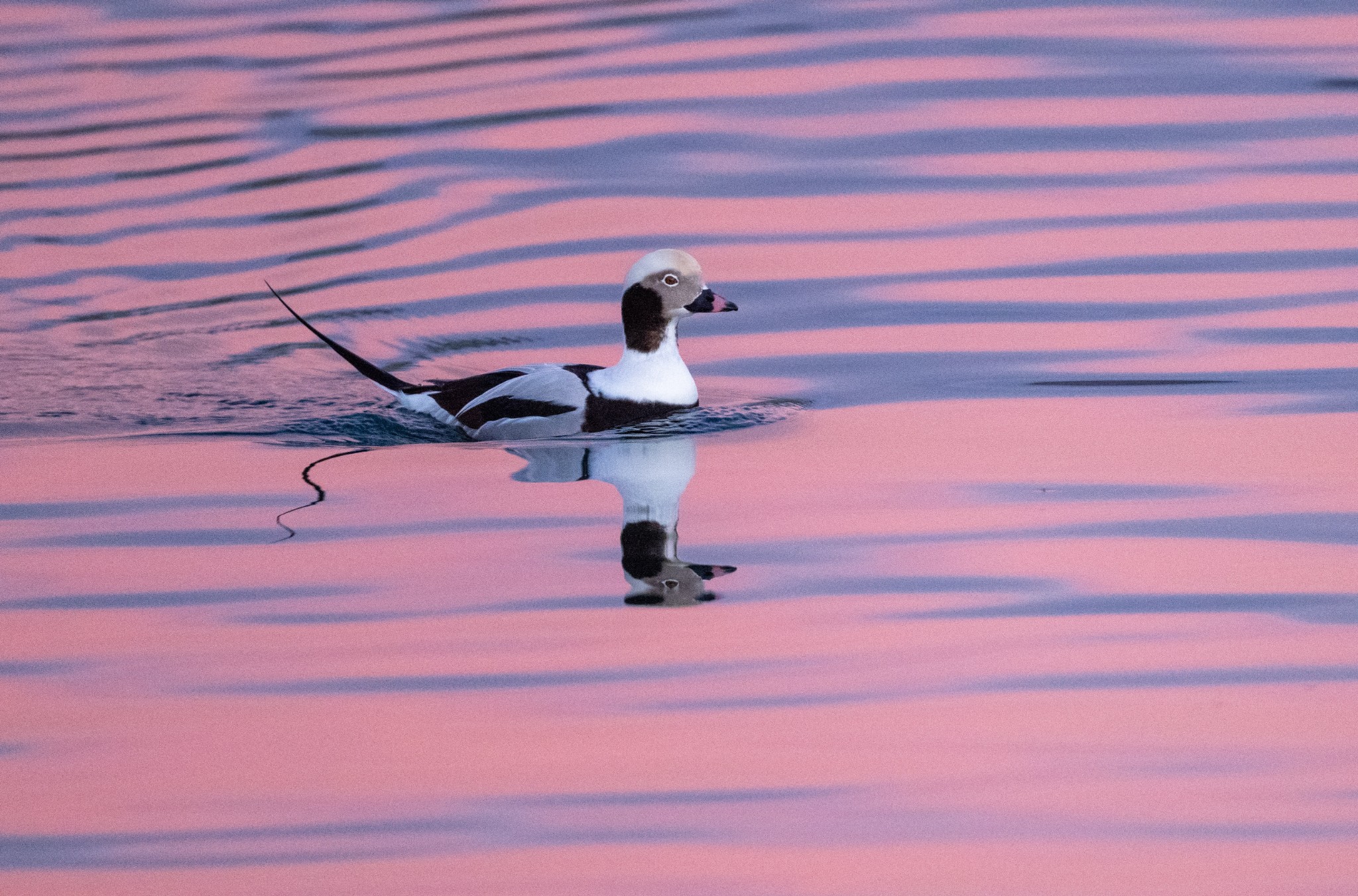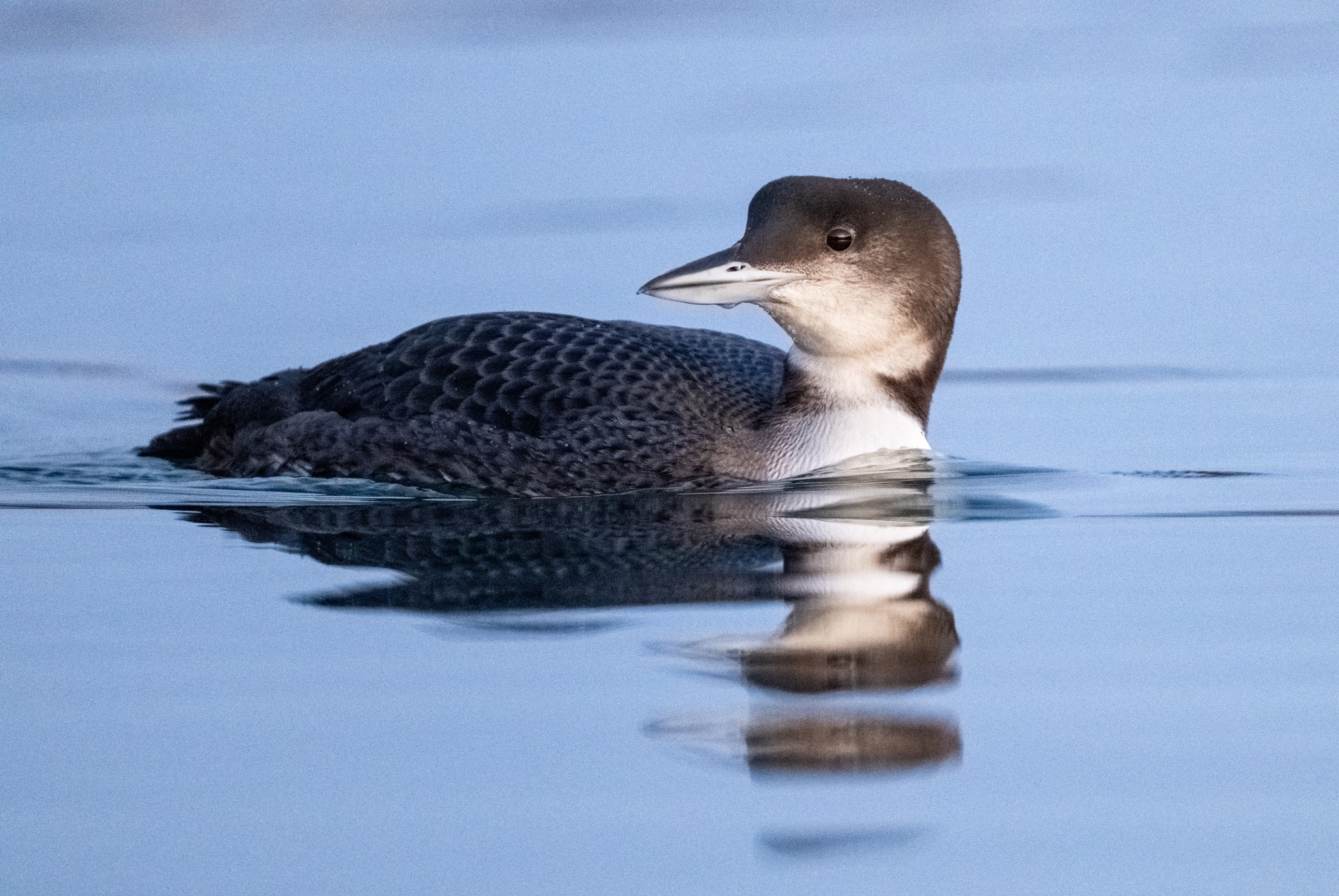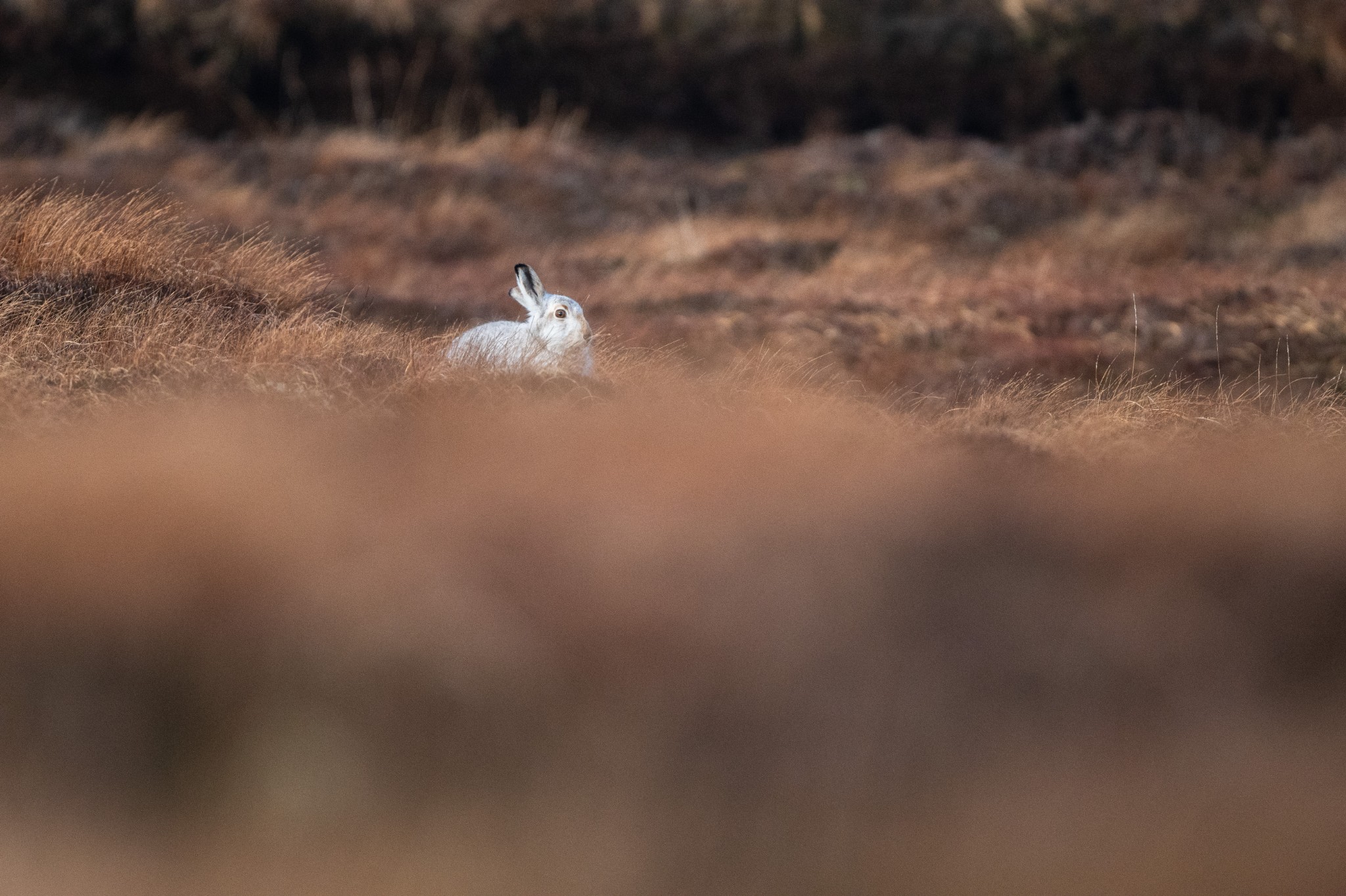When I was a younger fellow and working as a press photographer in Aberdeen, I was very driven. On pay day, any spare cash would be spent in Waterstones on coffee table books by the ‘Magnum’ photographers, or portraits of the people of Tibet or the Roma of Eastern Europe. It inspired me to make travels of my own to Senegal and the streets of Bucharest and Seville.
In my small kitchen, newly developed black and white negatives were hung along curtain rails and I loved the intensity of it all, so much so that in the keyring of my house keys was a portrait of the war photographer Robert Capa. I’m smiling as I think of a different, younger, naiver me. I exhibited the images of people I had photographed in Romania back in 1999 and three short words left by a tutor from Gray’s School of Art have stayed with me until this day - ’you can see’.
I thought about this over the weekend when I gave some photography tuition and wondered whether you can teach someone ‘to see’? It actually feels quite hard to explain what it even means. For me I took it to mean that my compositions and use of light were interesting or compelling enough for someone to look a little longer.
This might sound very obvious but being a wildlife photographer allows me to combine two of the things I love the most. I’m sometimes a little conflicted however as there’s always that niggle that when I’m watching wildlife purely because it’s interesting or joyful that I should be taking a picture of it.
The truth is not everything makes a ‘good’ picture all of the time and therein lies one of the challenges, especially in wildlife photography - how do I make more than just a record shot when that is the opportunity on offer?
It’s rare that all the elements will come together at the same time to elevate your images. I often have lots of questions that I’m trying to find the answer to when something has piqued my interest but some of the answers won’t be under your control anyway. The light might be beautiful for example, but your subject too far away for you to create the image you can see in your mind, the bird or animal too shy to allow a closer approach without scaring it, or the focal length of your lens not long enough to compensate.
The answer in that case might be to sit still long enough for the creature to come to you, but that can be difficult to achieve too, especially when you need to take the dog for a walk, or go to the Post Office!
I found myself in just this situation the other morning, seeing opportunities but not straightforward ones and dealing with a flood of questions as to how I confront the challenges. From a purely wildlife watching standpoint this would have been worthy of a good half hour of really good birdwatching, and at a place I know really well, Scapa Pier just outside Kirkwall. As well as a pair of red throated divers there are black guillemots here in their mottled black and white plumage and I can see their bright vermillion feet when they dive.
January seems to be particularly good for providing really intense sunrises, the sky illuminated with rich oranges and purples. With Storm Eowyn dominating the headlines it’s easy to forget that we had days of calm before and after the storm. A little bit of local knowledge never goes amiss and I know that the light south easterly winds that are forecast will be blocked by the pier and the sea will be mirror calm on the leeward side, and so it proves.
The sea around the pier and into Scapa Flow itself is fairly shallow and the perfect hunting grounds for a range of birds. The first I see is a male eider duck as he bobs back to the surface with a crab in his bill, he gives it a bit of a thrashing before spinning it around and swallowing it whole in one go. A small group of cormorants are here as are individual shags, both birds that feed on fish. I love the way that the shag starts its hunt, by propelling itself out of the water in a shallow leap before plunging beneath the surface.
What I’m really hoping to achieve though is to photograph one of the species here swimming though the colours of the sunrise in the mirror-like sea. There’s a bird here that I love, but one I’ve never managed to get a decent image of, the great northern diver.
To our North American friends this is the great northern loon, the haunting call of which is much over used in TV dramas as a generic background noise signifying the American wilderness - the call of the bald eagle is used in the same way.
The great northern diver is a large bird and unlike the shag doesn’t launch itself before it dives, the opposite in fact, it slips under the water without a ripple. As it moves around the bay, I can see it ‘snorkelling’, dipping its head under the water on the lookout for fish or crustaceans. On surfacing I notice that it’s caught something and through my binoculars I see that it’s a langoustine. This isn’t the right environment for that species though and so my best guess is this has found its way here from a bottom trawling fishing boat tied up at the side of the pier.
It’s still quite far away though and so I train my lens instead on a beautifully crisp and dapper looking long-tailed duck who is making his way towards me. Despite the strong colours in the sky at this time of year, very little of the direct light is making its way onto the sea. The colour I can see is actually the reflection of the pink clouds out to the west, and because the light is low, my shutter speed isn’t fast enough to freeze the bird in my frame. I adjust my setting quickly and watch as the duck swims past.
His stunning dark chocolate and sharp white plumage contrasts beautifully with the soft pink and blue hues of the sea and the pink patch in his bill perfectly complements the colours of the sunrise.
The great northern diver strikes me as a very aware bird. It seems to know when you’re looking at it and this attention is enough for it to keep its distance. I have a plan though; the tide is out but rising and the pilot boat normally moored here is out in Scapa Flow. I sit at the bottom of a set of stone steps out of sight and wait as the water laps at my welly boots. The diver can’t see me and starts to make its way back towards the pier, I keep still and allow the autofocus to do its work.
The diver is coming really quite close and because I’m low towards the water it gives a nicer perspective than looking down from atop the pier. It is almost filling the frame when it slows and turns its head, a highlight in its eye and the whiteness of its breast reflected in the water. I’m delighted and it lingers log enough for me to admire its dagger-like bill.
Though in a way, I feel I’ve failed. The picture I envisaged was the diver in the pink sea, not the long-tailed duck. But colours from sunrises soon fade and it simply wasn’t there by the time the diver came close enough. Still, it’s the best encounter I’ve had with one and later that day I return for sunset. This time I find a great northern diver behind the pier. Even as a silhouette I can see the characteristic head shape; a steep forehead and very flat crown, and it’s surrounded by bright golden water.
The next day I’m up before sunrise again but this time it’s because I have to catch the early ferry to Hoy where I hope to see and photograph one of our few land mammals, the mountain hare.
It’s an introduced species to Orkney but there’s an argument for saying that it’s a re-introduced species as it’s plausible that it was here when the ice sheets retreated. Whatever its history it seems to do well in Hoy with its wide-open expanses of heather-clad rolling hills.
I scan the hillside and find one surprisingly quickly – although maybe not so surprising given that it is in its winter livery and is pure white standing out at quite a distance on the dark slope. It’s not in a good position for photography though, sitting in a dip in heavy vegetation, and so I head up the hill, my breathing becoming laboured as I reach the top.
I follow the deep cut of a peat bank that I know and hope that my instincts are right. I pop my head over the top of the bank and sure enough, there in its form is a mountain hare that I know from previous years. Photographing mountain hares isn’t like photographing otters where you can work with the wind in your favour to remain undetected. The hare 100% knows you are there. The body language of this one looks relaxed though and so I sit and wait a while before moving slowly forward. I do this multiple times until I feel I’m close enough to get a reasonable image and the hare is still relaxed. It cleans itself a little and its black tipped ears are neither stock straight upwards in alert mode or flattened against its back in the hope it hasn’t been seen.
This is the ideal hare to photograph; I admire its perfectly evolved fur that keeps it so warm in the harshest of conditions, and it isn’t completely white like the last hare. It has a smudge of pale ginger above its eyes and its nose is still soft brown. The light catches its large eye and it’s a rich amber - what a fantastic creature.
I catch something out of the corner of my eye but the hare remains relaxed. The fast-moving smudge is a peregrine falcon, it doesn’t hang about and disappears south towards Lyness. I make my way further into the hills and hear the ‘cronk’ of a raven to my right, I say hello and it calls back, not to me but to its partner which is shadowing me from the left. I like this game and I suspect the ravens do too, sizing up this intruder plodding through their territory.
Then, the oddest of feelings, I stop in my tracks. It is quiet, but more than that. A deep, deep silence and an unnerving feeling of being completely alone. It’s unsettling and the wind has ceased to move. No sound and no wind, a shiver runs through me and I turn 360 degrees before I’m overcome with a sense of wellbeing. I admire the form of the gently rolling hills as the ravens wheel away.
Suddenly, I feel a cool breeze on my face and I’m ‘back’, snapped out of this momentary lull. I don’t know what happened, a reawakening of some long past sense, or a drop in air pressure perhaps. Fancifully, I start to think the ravens had something to do with it, their call a spell cast on me, probably just for fun.
Raymond is a wildlife filmmaker who also offers bespoke Orkney wildlife tours and one-to-one wildlife photography tuition. Find out more via his official website. You can also find him on Facebook, Twitter and Instagram.




